Browse Our Books
You can browse our books easily with any of the following filters, hover over the filters or their titles to see their descriptions.
Reading Level
Categories
Or you can use quick search or switch to advanced search for better results...
Search Results (Found 7948 results)
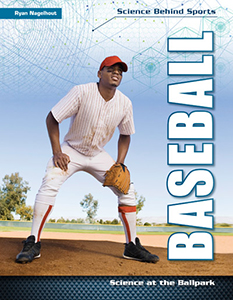
Science Behind Sports
It takes strength and skill to be successful at sports. It also takes science! As readers explore the basic facts about the origins and rules of some of the worldÎs most popular sportsÑincluding basketball, soccer, and baseballÑthey also discover the essential science concepts that explain some of the sporting worldÎs most incredible featsÑfrom a bending soccer ball to a tumbling pass in gymnastics.
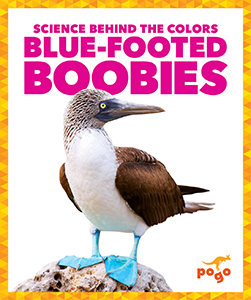
Science Behind the Colors (Pogo Books)
Why do mandrills have blue faces? What makes a parrot's feathers so bright? Learn these answers and more about some of nature’s most colourful creatures in Science Behind the Colors. Each book highlights a specific animal, detailing how and why the animal gets its colours, how and why its colours change, and what purpose the colours serve.

Science Behind, The
This series poses and answers intriguing and curious SCIENCE questions that children often ask. Each book takes one theme or topic and presents information via 13 engaging question-and-answer spreads. Information is highly visual and engaging, to assist understanding of sometimes quite complex concepts and processes.
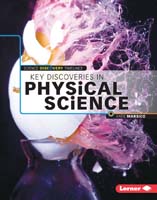
Science Discovery Timelines
Trace the history of scientific discoveries through a visual timeline of events. Each chapter explains how scientists build on the work of earlier thinkers, showcasing how smaller findings can lead up to major discoveries and scientific breakthroughs.
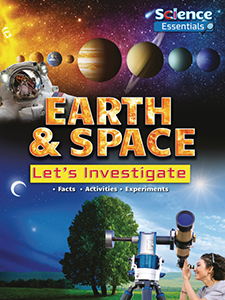
Science Essentials 
This series takes a in-depth look at key areas of elementary science, full of factual tidbits on sciences from geology to astronomy! Designed for students to enjoy and as a helpful resource for teachers planning science lessons, these books encourage students to ask questions and then answer them using investigations and experiments. The pages offer discussion topics and critical thinking questions, while high-impact, accessible designs and beautiful imagery provide a fresh approach to curriculum science.

Science Everywhere!
This entry-level science series has modern, bright, featured layouts that challenge children to figure things out for themselves. It takes the readers' curiosity and creates safe routines for following interest and finding answers.
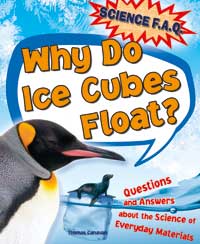
Science F.A.Q.
This introductory science series is built around children’s natural curiosity that they have about their world and the role of science in it. The text is driven by questions that kids often have (“Why is the grass green?”, “Why do zebras have stripes?”) with answers provided in age-appropriate text that will inspire young readers to want to learn more. A wealth of bright photos and images accompany the text in an inviting design that even reluctant readers will find appealing.
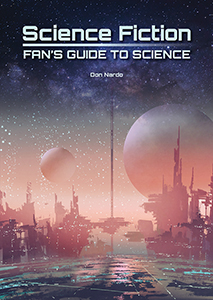
Science Fiction Fan's Guide to Science 
The classic sci-fi novels of H.G. Wells, Robert Heinlein, and Arthur C. Clarke, along with hundreds of sci-fi movies and TV shows, have explored an array of exotic, at times mind-bending themes, among them the existence of intelligent aliens, time travel, and parallel universes. One often asked question is whether such things are scientifically plausible. In this volume, modern physicists and other scientists weigh in and try to answer that question.

Science for the Future (Voyager) 
Science for the Future highlights some of the latest technological advances that are changing the way people interact with the world. Each book explores the discoveries the technology was based on, the challenges scientists currently face, and the breakthroughs each technology could lead to in the future.
